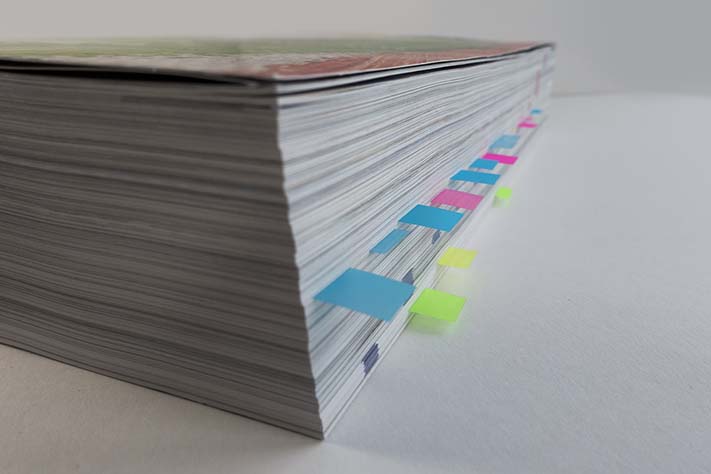
IKEA’s new catalogue campaign engaged people like never before
The IKEA catalogue is more than a marketing tool, it’s an institution.
Containing the key IKEA range of new and existing products and the prices (which are set for the entire year) it sets the tone for the year ahead and is the cornerstone of their marketing programme. It's also the distillation of the IKEA brand and fundamental to driving IKEA's annual business performance. So, it was vitally important that people not only received the catalogue, but kept it, interacted with it and were inspired by it.
Surprisingly, IKEA found in West and South Australia the recall of the catalogue had slumped to an all-time low of -9% YOY in 2010 and enthusiasm for the big book had dropped, with many discarding it soon after reading it.
IKEA knew they had to do something to change this – as a catalogue that spends more time in the home is more likely to provide more sales.
So what did IKEA do?
The IKEA catalogue is BIG, with over 370 pages. Space that's worth something. What if IKEA paid people for the space the catalogue takes up in the home? And, the longer people let the catalogue stay, the more they could make.
West and South Australians were told they would get paid 'rent' if they gave the catalogue a home and IKEA would continue to pay them rent for each month they kept it there. Consumers simply registered their catalogue for rent. Once registered, they were mailed discount and saving vouchers as ‘rent cheques’ that were redeemable instore; making the catalogue an important part of their home every month.
This simple, unique idea provided IKEA with a way to encourage engagement with the catalogue and on-going interaction with the consumer. And ultimately a way to encourage the consumer to keep the catalogue – for as long the brand wanted. With the campaign in place and lots of people signing up, the job then was to remind people to redeem their rent cheques for IKEA products – a job that was taken care of on an ongoing basis via EDMs and social media.
Delivered with the brand’s well-established tone and ‘twinkle in the eye’, the creative used a simple device that tied everything together – a dotted outline representing the catalogue size. This device was omnipresent throughout the campaign, ensuring the broad range of channel elements was intrinsically linked.
And did it work?
The campaign provided a compelling new interactive promotion for the catalogue that engaged people like never before.
A key objective was to arrest recall and awareness decline. Put simply, the 'Rent' campaign smashed the target. The target was a 10% increase on a –9% score the previous year to achieve an overall +1% score. The IKEA Research showed an overall result of +12%, representing a massive swing of 21%.
This resulted in significant increases in store visits and sales in Perth and Adelaide, as well as a huge increase in web visits. Across the eight-week period, IKEA saw a 13.8% year on year (YOY) uplift in Perth and a 7% uplift in Adelaide - an aggregate 11.7% uplift in sales across the 2 stores - delivering an equivalent to $3.3m of incremental sales.
It was estimated the campaign generated a return on marketing investment of $1.67:1. However, this was a conservative estimate as it was based on eight weeks sales data and didn’t take into account the halo effect on sales for the rest of the year.
Source : Warc Prize for Innovation 2013
Back to top